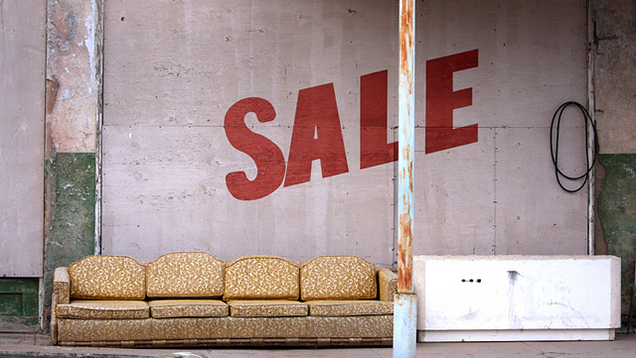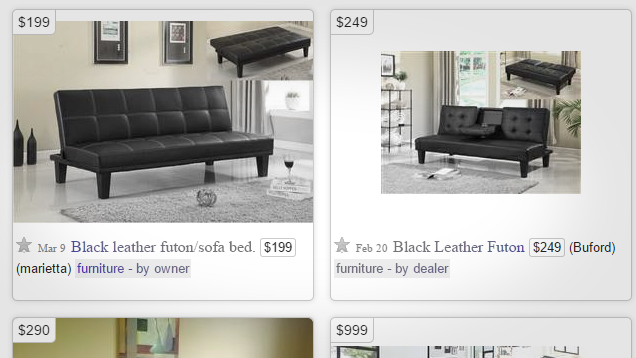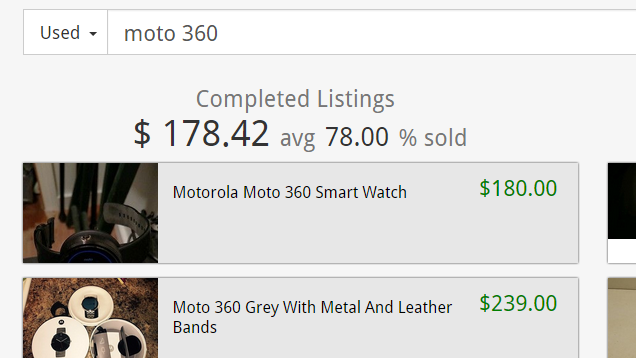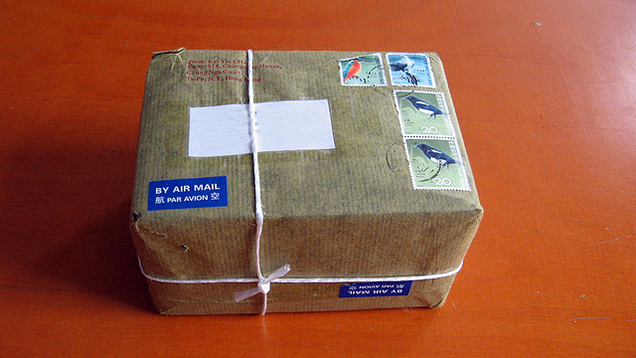When you sell your stuff on sites like eBay or Gumtree, setting a price can be a deer-in-the-headlights moment. If you’re not careful, you might undercut yourself and lose money. Here’s how to figure out what your stuff is worth and get as much money back as you can.
Photos by Kevin Dooley, Beck Gusler.
Learn to Be Flexible With Your Price

While some cultures emphasise the art of negotiation, retail stores and large corporations have taught us that prices are fixed things. Many of us even assume that the price of an item should be the cost of parts and labour, plus a small fraction more. Unless you bought it used, in which case asking more than you paid for it is outrageous.
The truth is, however, there’s no objective “correct” price — only what someone is prepared to pay. There is a concept in economics aptly named ” willingness to pay“. Put simply, it’s the highest amount a person is willing to exchange for a good or service. For every trade, everyone has this amount. For example, some may not be willing to spend a cent on a smartwatch. Others may be willing to pay $14,000 or more. The only thing that matters is that you find enough buyers to cover your costs.
When you’re selling your old stuff, your costs have already been paid, so you don’t need to worry about a sustainable business model. All you need to do is find someone who’s willing to buy your product at the highest price possible. The practical upshot of this is that you can set your price as high as you want and the worst thing that happens is it doesn’t sell. You can always re-list later.
Start By Watching The Market

The quickest way to determine what your stuff is worth is to see what other people are selling similar items for. Let’s use Gumtree as an example. Say I want to get rid of an old black leather futon. I can search my area for similar furniture. I can see that similar listings are going for $150-250, depending on the features and condition.
Now, the key thing to remember here is that these are the for sale prices, not necessarily what they will actually sell for. Those listings may not sell at all. They may be negotiated down. Just because someone’s listing an item for a certain price doesn’t mean that’s what the market is willing to pay for it. However, it can give me an idea of where to price my futon. If I wanted $500 for my futon, I probably won’t be able to sell it while everyone else is pricing theirs for $250 or less.
Price isn’t the only thing you should compare, though. As financial advice blog G Margin explains, the condition of your items matter. We often have a tendency to overvalue our stuff despite its condition because we bought it when it was newer than it is now. G Margin explains with a simple example about selling socks:
Be realistic about the condition of your item. I once purchased a lot of 200 “mostly new” Under Armour socks in hopes of flipping them for a profit on eBay. I ended up losing almost all of my investment after only about 12 pairs were saleable. The demand for new socks was there, the demand for used socks wasn’t.
Of course, you probably won’t be selling your used socks on eBay. But the condition of your stuff still matters. And it’s not all bad, either — having a scratch on your leather couch or your phone may mean you can’t sell it for as much as a new one, but it does mean you have a wider market. You can sell to more people at a lower price point. So pay attention to the condition of the item you’re selling and, if it’s not as nice as the items you’re comparing it to, drop the price a bit.
Use Price Trackers To See What Has Sold

As we mentioned earlier, there’s a difference between what an item is selling for and what it’s sold for. On eBay, you can browse completed listings to see what items have (and haven’t) sold for. This is particularly handy if you need to sell on eBay, but it can help no matter where you choose to sell. A completed listing doesn’t just say what a seller thinks something might be worth. It says what a person actually paid money for. If you really want to get in-depth, you can also use trackers for individual items.
Factor In Shipping And Other Extra Costs

The item itself isn’t the only consideration. Depending on what you’re selling, you’re also going to have to box it up, pay for shipping, or arrange for someone to come to your house. How much work you have to do to get the item from your hands to your customer’s can affect the price. This is also an opportunity.
Going back to the futon example, let’s say that you need to deliver the furniture to your buyer. Now, you have the option of choosing not to deliver, which can save you money and time. However, if you own or have access to a vehicle that can carry it, you can offer to deliver for a fee on top. As one avid Craigslist seller suggests, calculate how much your time/petrol is worth and base your delivery fee on this:
If you can deliver, it will increase your buyer pool dramatically (especially if it is a large item.) Don’t be afraid to charge a fair fee for your time/gas. I’m an avid cyclist and offer free delivery on my bike if the contents fit in my bag and the buyer is within a certain distance of my house. Include the delivery option in the title itself.
If your customer chooses to pay for delivery, you’ve made a bit of extra cash. If they’d rather pick it up themselves, they feel like they’re getting a deal. In any situation where you can monetise your shipping, it’s a good idea to consider it. Just be sure you’re not charging so much for deliver that you price yourself out of the market. On sites like eBay, delivery is more or less non-optional, so gouging your customers with unrealistic shipping fees will only turn them away from your listing.
Of course, determining your price is only one piece of the puzzle. You also need to pick the right venue for your items, write a good description, and make it easy to search for. However, setting a price for your stuff is just like any other negotiation. You research what the other party wants, what they’re willing to part with to get it, and you try to get as much as you reasonably can on your end.

Comments